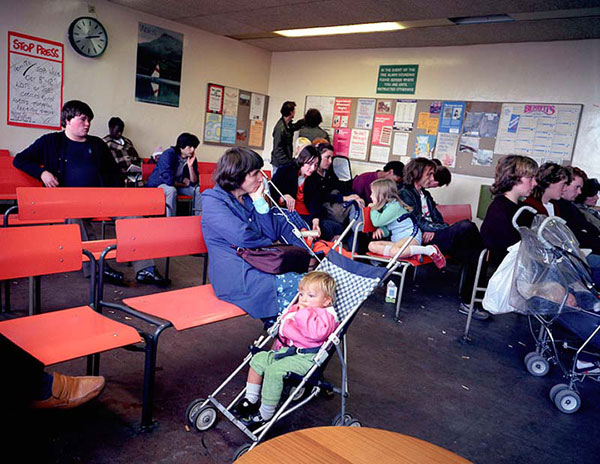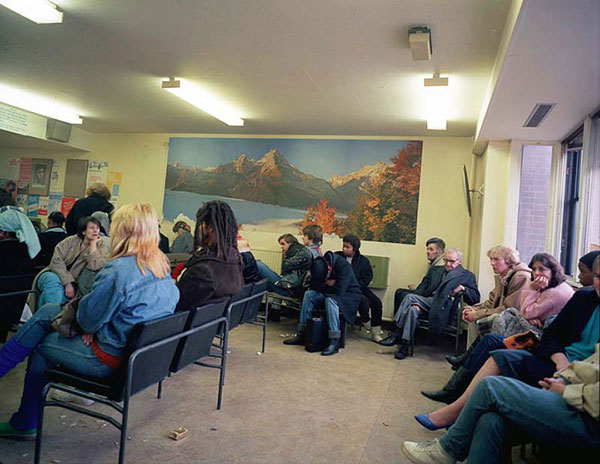






















This Roll of Honour has been completed from chronologies listed at the end of the year in the pages of the 'Darwen News'. It firstly lists servicemen that are known to have died, secondly the missing, presumed killed, and thirdly awards.
The Roll lists all these who died whilst serving King and Country together with the seven civilians killed during the German bombing raids on Darwen during the weekend of the 19th-21st October 1940. The Roll also lists all those who were reported missing and presumed killed (those recorded as P.O.W. are not included). the Awards page lists those people recorded in the 'news' as being decorated for their war efforts, including two posthumous awards (one of them being the Victoria Cross).
One could sense the sadness in Darwen during the war when compiling this when yet another Darwen casualty was announced. Almost everyone was affected in one way or another regardless of their status or class. Recorded in the list of those killed is one Captain Stuart Russell, Darwen's Conservative Member of Parliament.
information taken from:http://www.cottontown.org/page.cfm?language=eng&pageID=1777
Since its historic beginnings in the golden age of American photojournalism, the Black Star photographic agency has been committed to mentoring both its photographers and its clients.
Black Star Rising is an attempt to e
xtend this ethos
of teaching — and caring — to a broader audience






